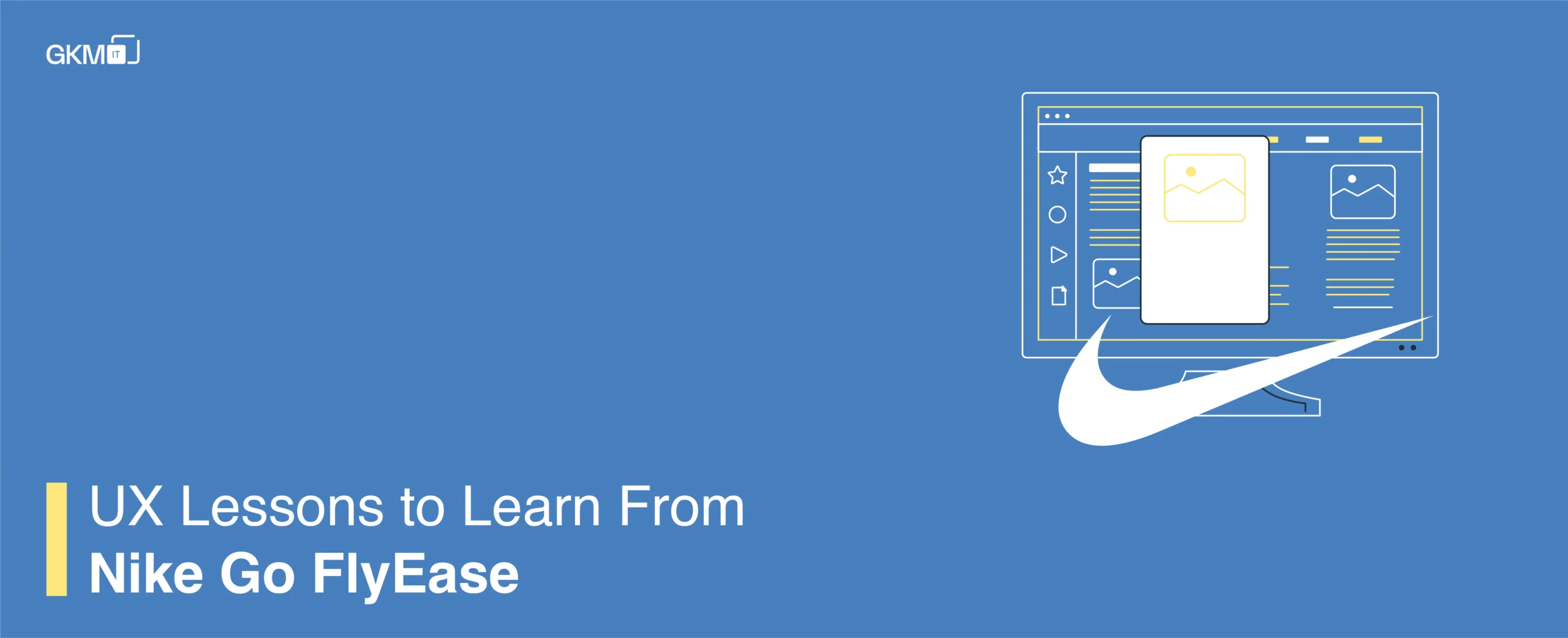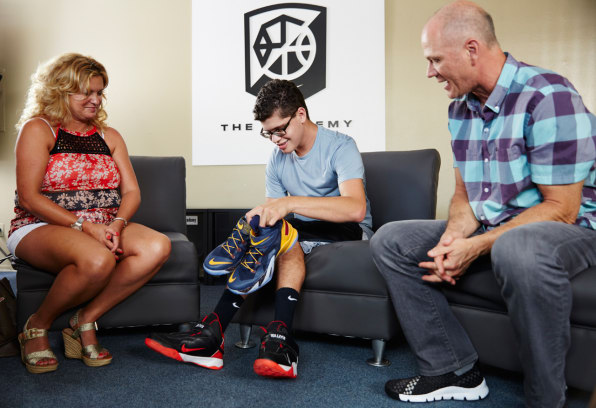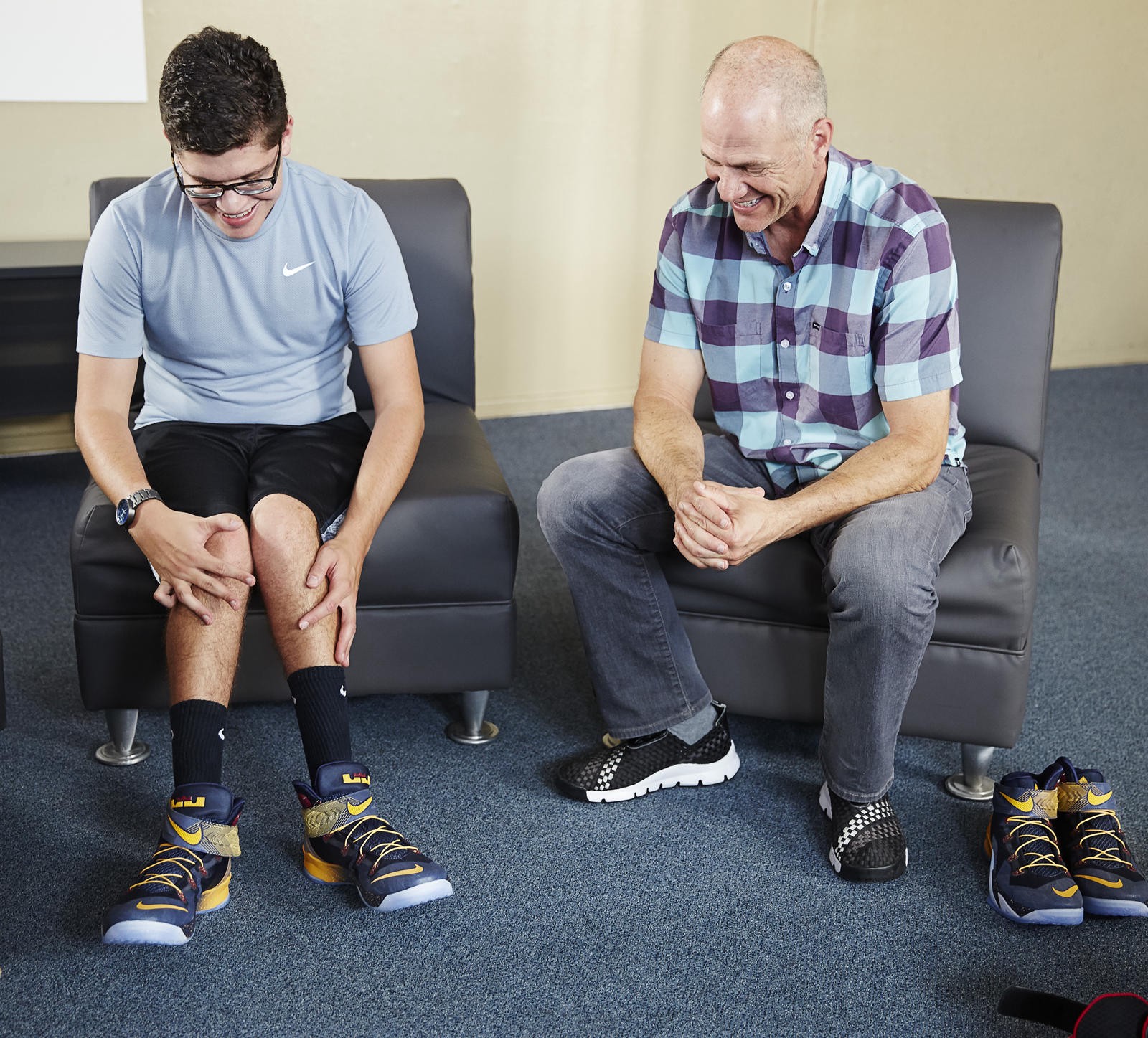
UX Lessons to learn from Nike GO FlyEase
The moment I saw a GIF popping up in my Instagram feed, I was literally obsessed with it. You are seeing and reading the recently announced Nike GO FlyEase, a pair of hands-free sneakers where innovative engineering meets user experience.
The motive behind Nike launching this shoe is to enable every person to wear fashionable and comfortable shoes regardless of disability. What is so exclusive about this product is that along with addressing needs, Nike pioneered the inclusive design in it?
The Nike GO FlyEase is a hands-free shoe, which comprises a hinge and a flexible tensioner around the shoe, making taking-off and taking-on action of the foot easy. All you have to do is jump and run in these shoes! Wow, summarising the product functionality was so easy.
I can literally talk for hours when it comes to user experience. More than commercial products, I am a big fan of innovative designs. I consider this Nike product an example of a disruptive concept that is crafted and studied carefully. For complex problems, it is a simple solution ie;bravely addressing the border between opposite spheres such as rationality, society, business and emotions.
Let’s focus on UX lessons that Nike GO FlyEase teaches
-
Making a user-centred design
The story behind the launch of Nike GO FlyEase, Matthew Walzer, a 16-year-old boy with cerebral palsy, wrote to Nike about his inability to tie shoes and the mental trauma he suffers in his daily life. As per discussion with Yahoo live, “I wanted to go away and have that full college experience,” Walzer, now 25, tells Yahoo Life. “I wanted to have the independence of being able to put on my shoes and not have to worry about my parents tying my shoes anymore, or finding some random person [to help while] starting out as a college freshman.”
In 2012 in his letter, he addressed his need for shoes with ankle support and how the inability to tie shoes negatively impacted his mental health. Nike replied to his letter and sent him an invitation to collaborate and try the Nike GO FlyEase design and give feedback. In the same year, Walzer received his new model to test and report feedback to the brand.


Making a user’s design North star is everything. User-centred design is the pure form of gaining traction and demand. The user needs were the primary reason why Nike shoes were developed. Gathering feedback from user testing is essential for design iteration.
-
Expanding niche increases the company’s profit
Let’s be fair; companies are not including minorities in their target audience just for social justice. Expanding a niche is very important as it increases companies’ profit. As per records, there are 61 million American with disabilities, that means we have 61 million potential customers. Despite profit, some demographics are ignored for ages.
Though the inspiration behind developing Nike GO was disability, but it has proven beneficial and gave quality life to pregnant women, elders with mobility issues, a busy parent or a simply lazy teenager. Truly hands, free shoes have blessed the lives of many.
The lesson which designers can learn from Nike GO FlyEase is designedwith accessibility in mind adds value to a product. This approach can be pitched to clients while doing their projects.
-
Emotional design domain- empower the users.
A good UX design empowers users to get the most out of the design. When a user feels in control, he feels not only satisfied but also confident about his actions. In the case of Nike GO FlyEase, the design company enters the emotional design domain. For common people, they are nice comfortable shoes that save time, but for the disabled, it is a life-changer. In Walzer’s case, the impact of the customer’s emotion is evident.
Walzer declaration:
-
The Ideal process of excellent design is never complete.
The design of GO FlyEase didn’t turn up overnight. Tobie Hatfield, the designer, took Nike’s existing silhouettes to design Nike GO FlyEase.
Tobie’s words help in understanding Nike’s process of innovation. He reconsidered existing designs and worked on features which needed modification and how he can add missing details. It is the SCAMPER method and a popular design technique. This method can systematically be used for new and improved products and services and applied for new ideation processes.
It is imperative to keep in mind that an excellent design’s ideation process is never complete, even after the product launch, the timely reassessment and experimentation process monitor technology and social progress. Today Nike GO FlyEase wouldn’t exist if LeBron Soldier 8 FlyEase was not designed. There is a continuous journey in designs. It is a lesson for junior designers who are struggling with their projects. The best designs is the hard work of years of prototyping, testing and re-defining.
-
Good design is self-explanatory.
Watching the GIF of smooth glide in sneakers tells me: would you need any manual to learn? Users need to know how to interact with products. Even if it is beautiful, but it is not self-explanatory; it is unfinished.
Nike GO FlyEase comes with a golden rule – “easy on, easy off”, and yes, of course, an excellent design does not need explanation.
I hope this article explains how focusing on the above points can prove profitable for your organisation. Good UX is good business.—Andrew Kucheriavy.
Enjoyed this article? Leave your views about the same!